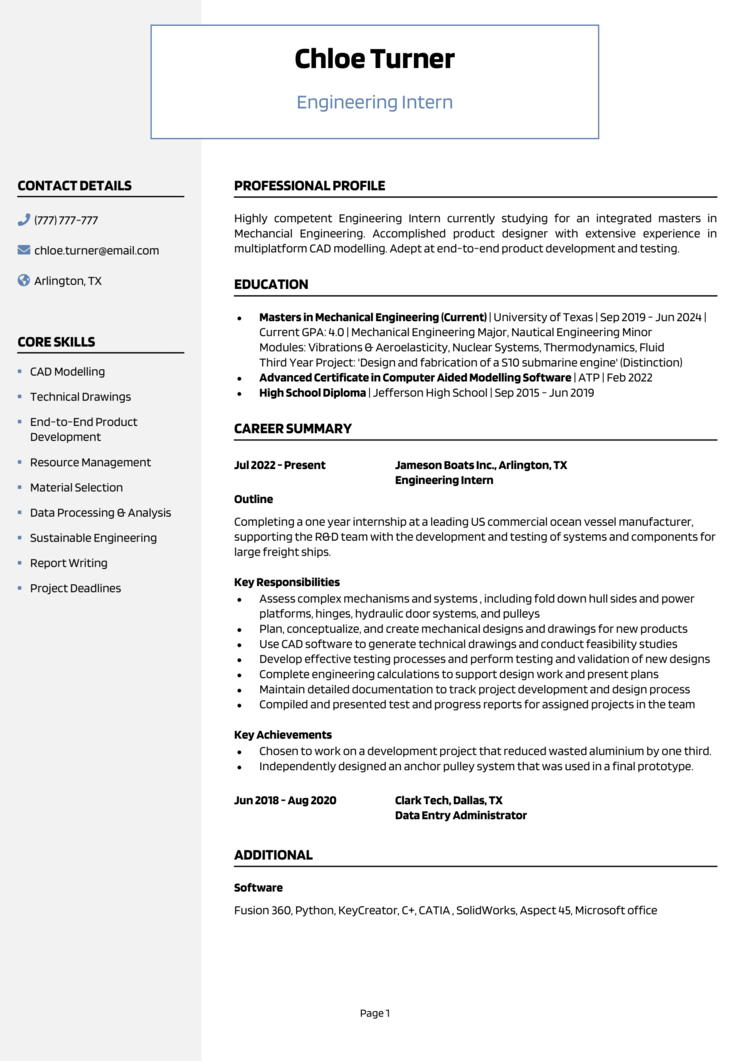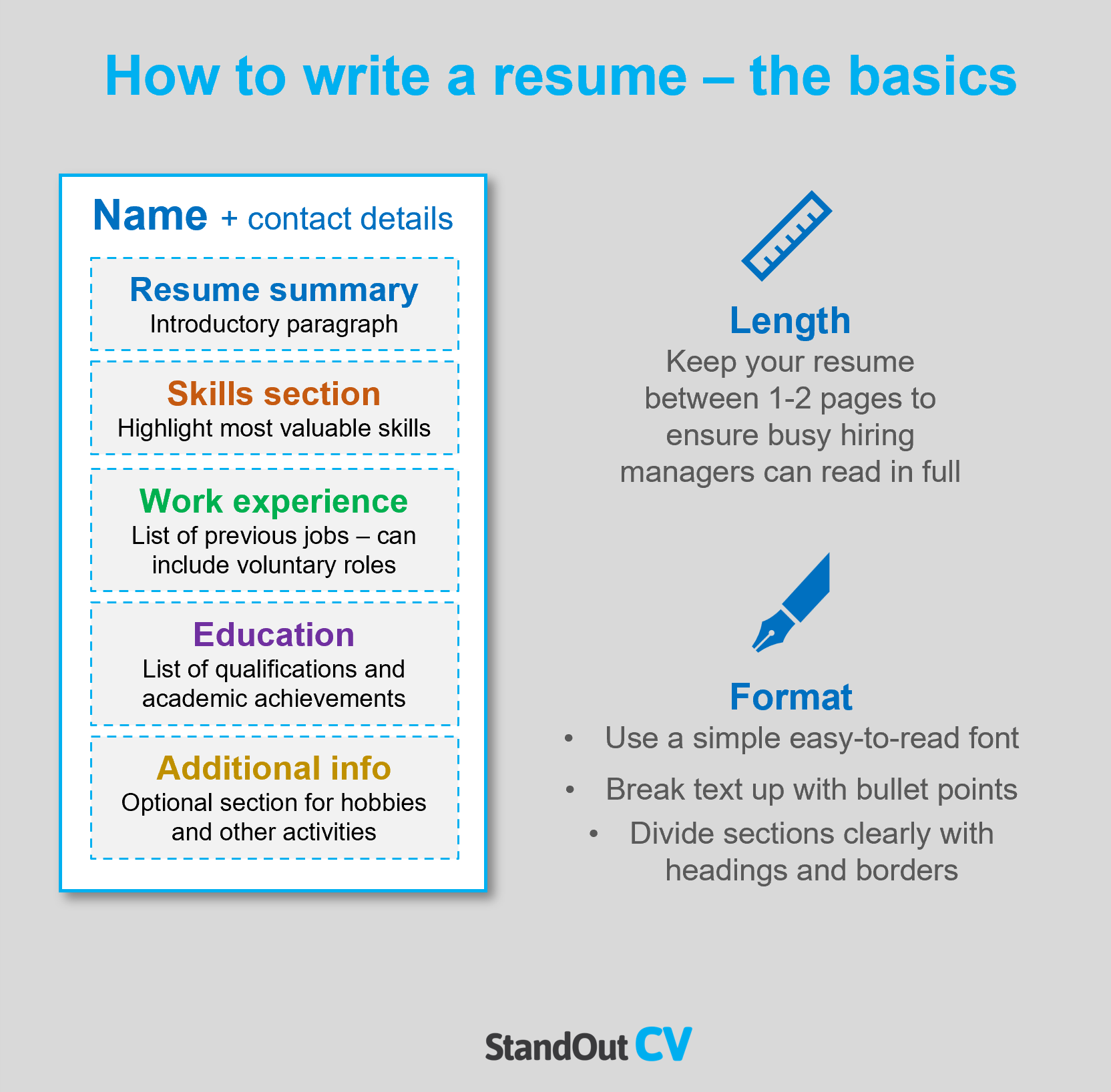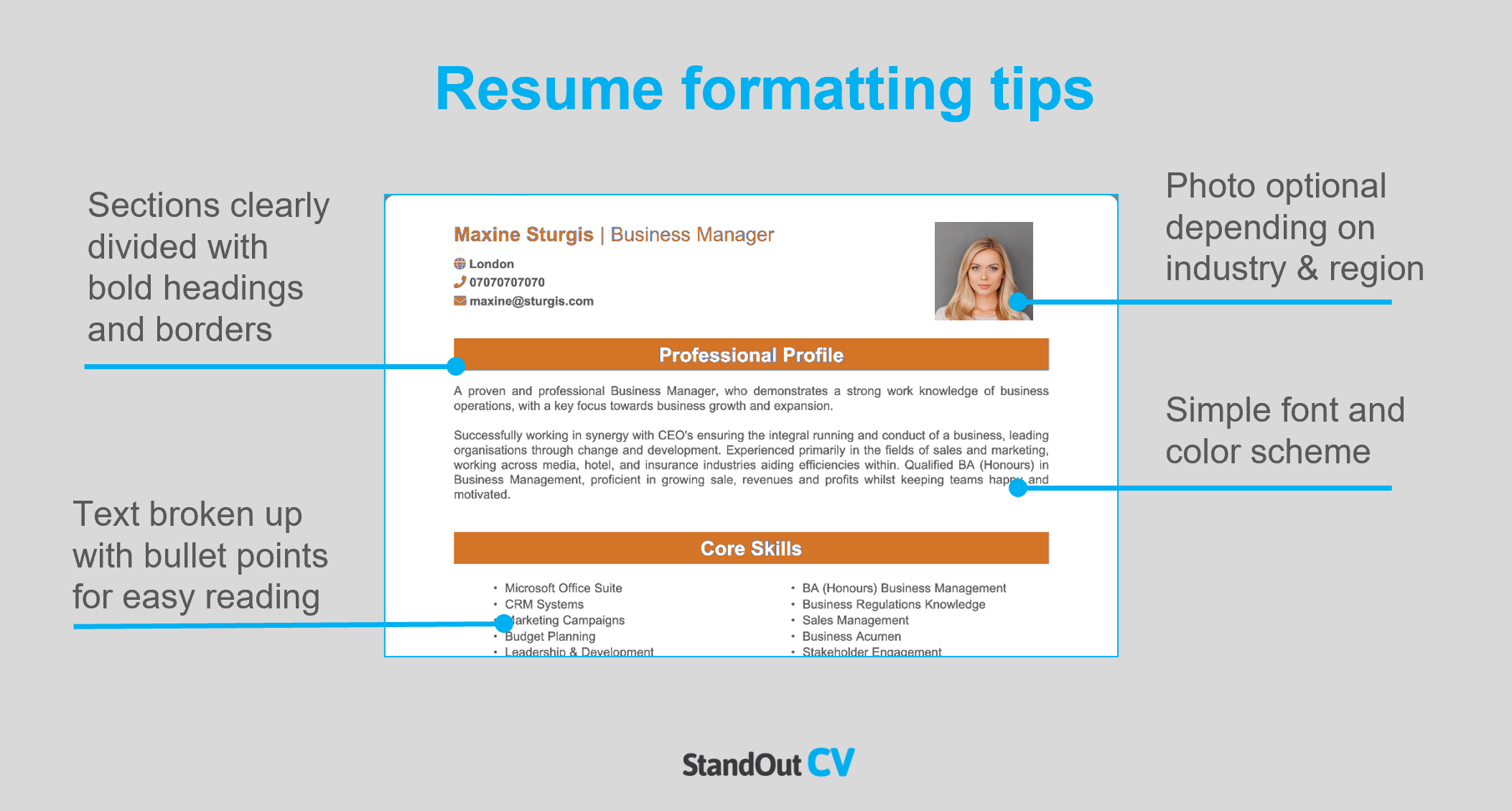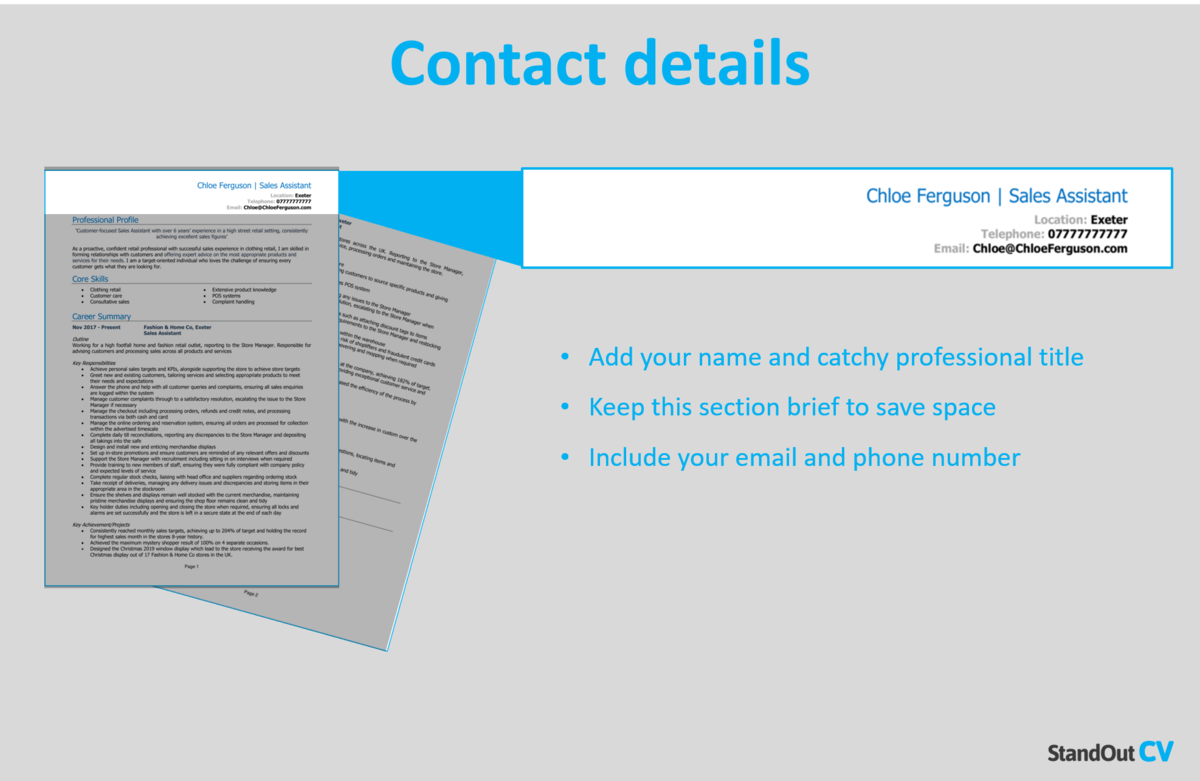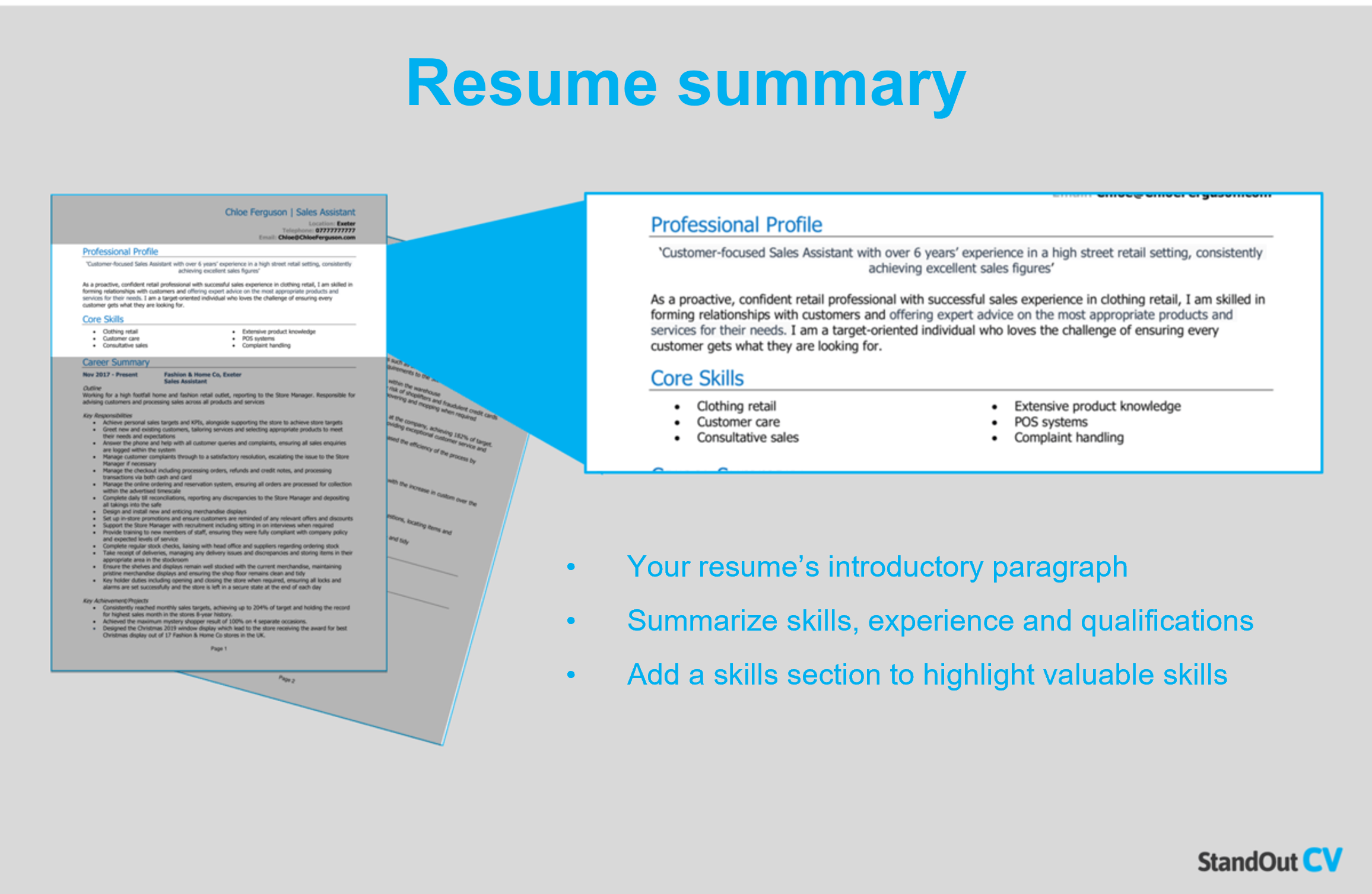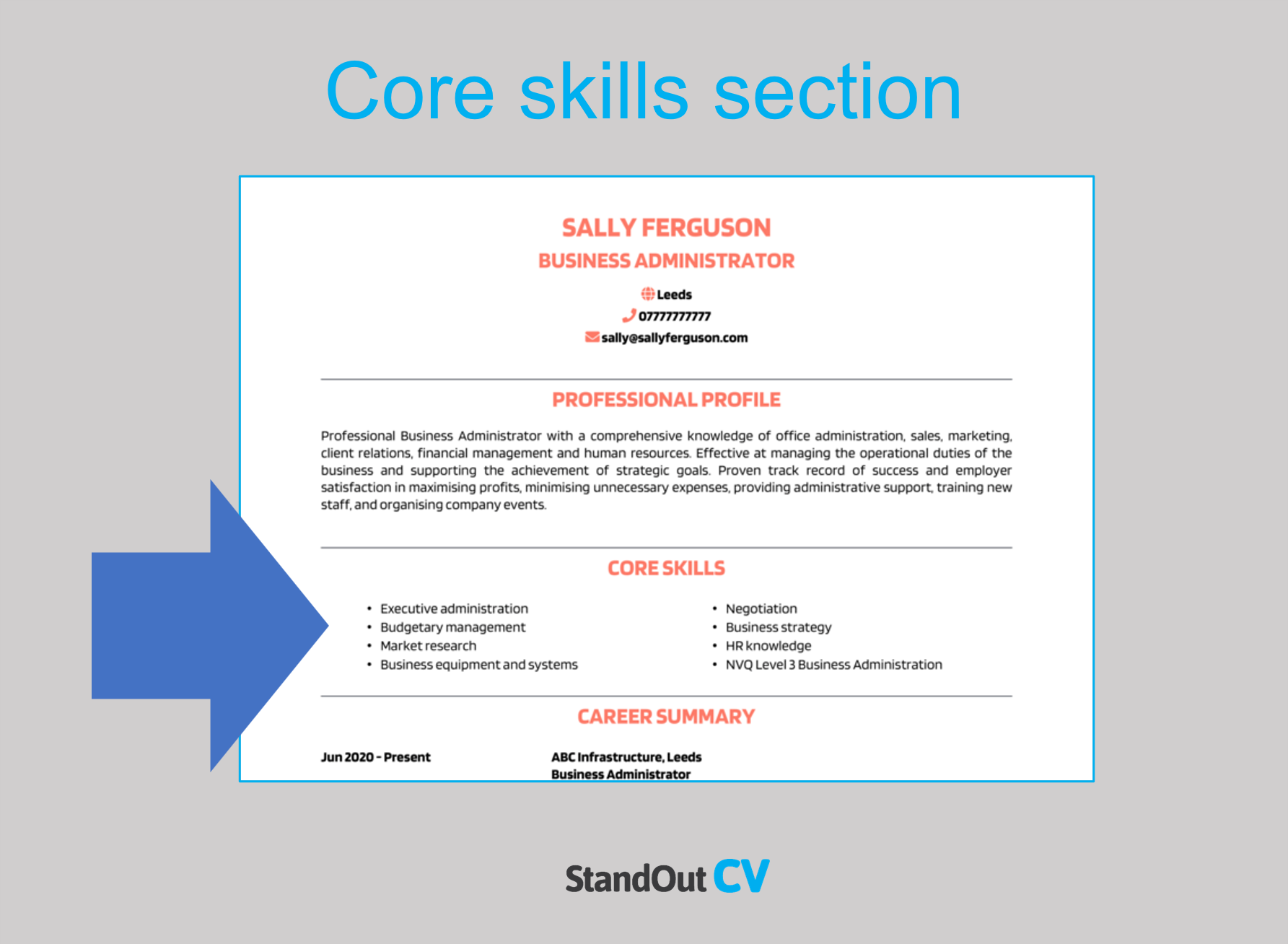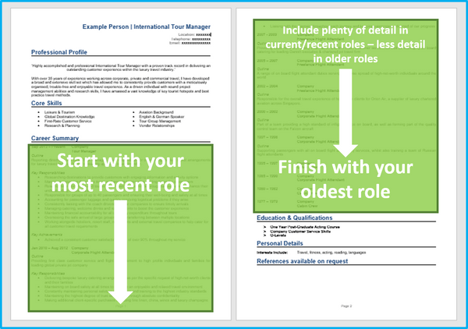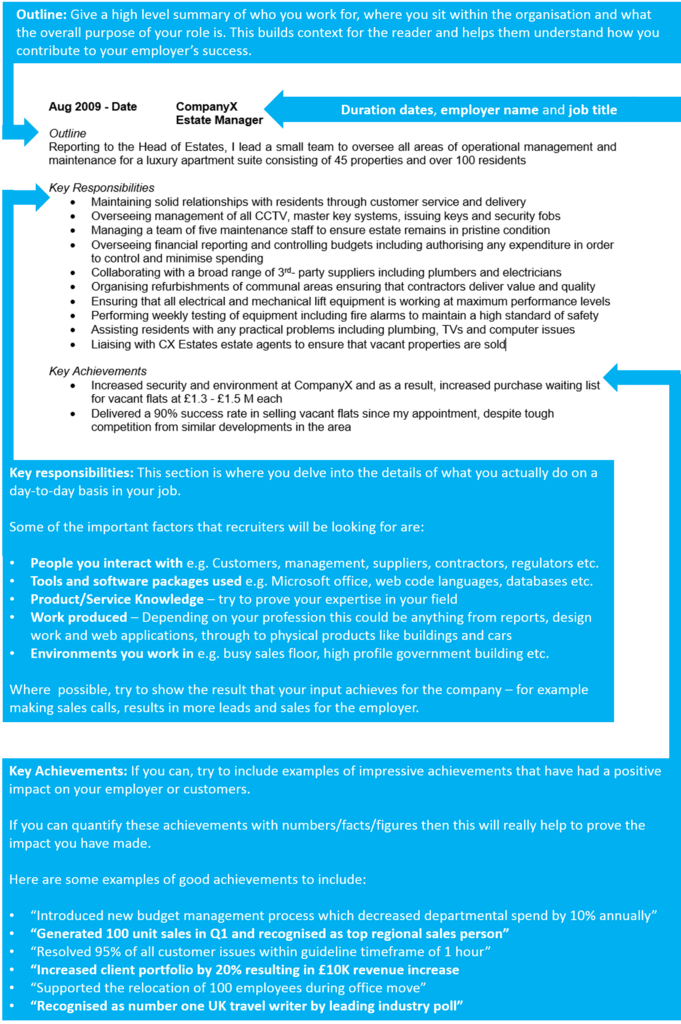When you’re starting out in your engineering career, an internship can be the perfect way to gain on-the-job experience.
But first, you need to build a resume that’s going to secure you one of these coveted and competitive positions.
To help you do this, we’ve put together a detailed writing guide, complete with an engineering intern resume example. Check them out below.
Contents
|
Engineering Intern Resume Example
From the Engineering Intern resume example above, you can see the kind of information your resume will need to include, and the layout you will need to create for an easy-reading experience.
The rest of this guide will show you how to apply this format to your own unique situation, and create a resume that will attract the best employers in your industry.

Engineering Intern resume layout and format
When it comes to holding the attention of recruiting managers, the format and layout of your resume play a key role.
Your resume needs to strike a perfect balance between looking awesome, and being easy for recruiters to read (which is not always easy to achieve)
Use the following formatting tips to get started.
Formatting your resume for success
- Length: Think that submitting a 10 page resume will impress recruiters? Unfortunately it won’t… Even if you’ve got tons of experience to brag about, recruiters don’t have time to read essays, so keep it brief – around 2 pages is the sweet spot.
- Font & readability: Simplicity and a pleasant reading experience are crucial if you want to highlight your most valuable skills to recruiters. Use a clear font (avoid fancy ones) and break up the text in your resume with bullet points to ensure information can be easily consumed.
- Layout & Structure: Allow recruiters to skim through your resume with ease, by dividing the page into clear sections with headings and borders. The design of your resume should be eye-catching but not overly complex – keep the style and color scheme simple and clean.
- Photos: It’s not mandatory to add a photo to your resume in the USA but it if you’re applying to organizations within the creative fields, it can be beneficial.
Quick tip: Achieving a professional look for your resume can be difficult and time-consuming. If you want to create an attractive resume quickly, try our quick-and-easy Resume Builder and use one of their eye-catching resume templates.
Resume layout
Add the following sections when you write your resume.
- Name and contact details – Add to the very top of your resume to introduce yourself and make it super-easy for recruiters to get in touch.
- Resume summary – Reel hiring managers in with an “elevator pitch” style paragraph which sums up your suitability for the job.
- Skills section – A short and sharp list of your most important skills, that can be quickly skim-read.
- Work experience – List your previous jobs (from newest to oldest) detailing the skills learnt and applied in each.
- Education – List your qualifications and professional training.
- Additional info – If it helps your application, you can add an extra section for things like hobbies and interests.
Here’s what to include in each part of your resume.
Contact Details
Make it easy for hiring managers to contact you by adding your contact details to the top of your resume.
Keep this section small to save space and include the following.
- Name and profession title
- Telephone number – Ideally your cell phone so you can answer quickly.
- Location – Add your general location such as LA or New York
- Email address – Use a professional looking one with no nicknames.
You can add a link to your LinkedIn profile if you have one – you do not need to include personal details like date of birth or marital status.
Engineering Intern Resume Summary
The resume summary is a short paragraph at the top of your resume, and it’s purpose is to grab recruiter’s attention and make sure they keep reading it.
To make your summary work, ensure that you provide a high-level summary of your skills and experience – and tailor it to reflect the requirements of the jobs you are applying for.
How to create a resume summary that will get you noticed:
- Keep it short: You only have a few seconds to grab a recruiters’ attention and make them commit to your resume, so keep your summary between 4 – 7 lines.
- Tailor to target jobs: To make your resume more relevant to your target jobs, analyze the job description and include as many matching skills as possible – you can also include an objective to show employers why you are passionate about your desired field.
- Avoid using cliches: Recruiters always see cringey cliches like “hardworking guru who works well in a team or individually” – they don’t mean much to anyone, so focus your summary on tangible skills and experience.
Example resume summary for Engineering Intern
What to include in your Engineering Intern resume summary?
- Summary of experience: Provide an overview of the type of work you have done in the past and the impact you have made at previous employers.
- Relevant skills: Include your skills which are hyper relevant to Engineering Intern jobs to instantly show your suitability.
- Qualifications: Mention any Engineering Intern qualifications that are important to your profession in the summary briefly, to show you are qualified to carry out the role.
Quick tip: Choose from hundreds of pre-written summaries across all industries, and add one to your resume with one-click in our quick-and-easy Resume Builder. All written by recruitment experts and easily tailored to suit your unique skillset and style.
Core skills section
In addition to your resume summary, your core skills section provides an easily digestible snapshot of your skills – perfect for grabbing the attention of busy hiring managers.
As Engineering Intern jobs might receive a huge pile of applications, this is a great way to stand out and show off your suitability for the role.
It should be made up of 2-3 columns of bullet points and be made up of skills that are highly relevant to the jobs you are targeting.
Best skills for your Engineering Intern resume
Technical Knowledge – Maintaining detailed knowledge of technical concepts and engineering principles, including basic physics, math, and scientific concepts.
Problem Resolution – Identifying and analyzing problems, developing solutions, and implementing fixes or improvements.
Engineering Design – Developing and creating detailed engineering designs using computer-aided design (CAD) software.
Data Analysis – Collecting, analyzing, and interpreting data to support engineering projects, including data from experiments, simulations, and calculations.
Project Management – Managing engineering projects, including scoping, planning, scheduling, and tracking progress.
Engineering Technology – Remaining proficient with engineering software and tools, including CAD software, simulation tools, and data analysis software.
Safety – Identifying and mitigating safety risks in engineering projects, including adherence to safety regulations and protocols.
Quick tip: Our quick-and-easy Resume Builder contains thousands of in-demand skills for every profession that can be added to your resume in seconds – saving you time and greatly improving your chances of landing job interviews and getting hired.

Work experience
Once you’ve hooked the hiring manager with your summary, you can really blow them away with you work experience.
List your previous jobs from newest to oldest to show the impact you made at each organization.
If you have years of experience, you can leave out some of the older jobs, and if you have little/no experience, you can bulk this section up with voluntary work and college placements.
Structuring your jobs
Resume job descriptions contain lots of information, so its crucial to structure them well.
Use the structure below to ensure hiring managers can consume the information easily.
Job outline
Each role description should begin with a qucik summary of the job and company, along with how the job fits into the strucuture of the organization.
Key responsibilities
List your notable responsibilities in short sharp bullet points to demonstrate your input and how you contributed to the organization’s success.
Highlight the skills that are most important to the roles you are applying for.
Key achievements
Round off each job by adding some impressive achievements you made in the role.
Anything you’ve done that has made a big impact on your employer will make a good impression, think; generating revenue, saving costs, or improving a product.
Quantify your achievements with number where possible e.g. “reduced call wait time by 10%”
Example job for Engineering Intern resume
Outline
Completing a one-year internship at a leading US commercial ocean vessel manufacturer, supporting the R&D team with the development and testing of systems and components for large freight ships.
Key Responsibilities
- Assess complex mechanisms and systems, including fold down hull sides and power platforms, hinges, hydraulic door systems, and pulleys
- Plan, conceptualize, and create mechanical designs and drawings for new products
- Use CAD software to generate technical drawings and conduct feasibility studies
- Develop effective testing processes and perform testing and validation of new designs
Quick tip: Create impressive job descriptions easily in our quick-and-easy Resume Builder by adding pre-written job phrases for every industry and career stage.
Education section
After your work experience, add your education section.
If you are an experienced professional, you can keep this part short – adding basic details of each qualification.
If you have little or no experience, bulk this section up by adding more detail and highlight important skills and knowledge for your target jobs.
Additional information
If you have anything else to add which is relevant to the jobs you are applying for, the additional info section is the place to add it.
Perhaps you have a hobby which involves relevant skills, or maybe you have some awards or publications worth mentioning.

Writing your own Engineering Intern resume
Writing a Engineering Intern resume can be challenging but following the steps above will ensure that you land plenty of interviews.
If you want to speed up the process and use an attractive professional template, try out our quick-and-easy Resume Builder.
Good luck with your job search!
